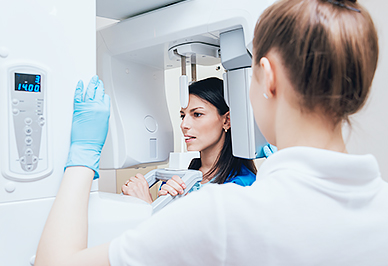Digital Dentistry
DIGITAL IMPRESSIONS
 Completely eliminating the need for messy, traditional impressions, 3D images of the teeth can now be captured with a digital scanning process. By moving a compact and lightweight wand around the teeth, a sophisticated software program can digitally stitch together images from multiple angles to produce a highly accurate 3D digital model of a patient’s upper and lower teeth and bite. Far more comfortable for the patient than impressions taken with putty like materials, a digital impression can be viewed on a computer screen in real time. This highly accurate impression data can also be readily transmitted to orthodontic labs and manufacturers to produce custom appliances.
Completely eliminating the need for messy, traditional impressions, 3D images of the teeth can now be captured with a digital scanning process. By moving a compact and lightweight wand around the teeth, a sophisticated software program can digitally stitch together images from multiple angles to produce a highly accurate 3D digital model of a patient’s upper and lower teeth and bite. Far more comfortable for the patient than impressions taken with putty like materials, a digital impression can be viewed on a computer screen in real time. This highly accurate impression data can also be readily transmitted to orthodontic labs and manufacturers to produce custom appliances.
Request an Appointment
At Jersey Brothers Dental, we value your time and make it easy to book an appointment for care! You can either reach out to us with a phone call or submit this simple online, “Request an Appointment” form.
We respond promptly to all online requests.

